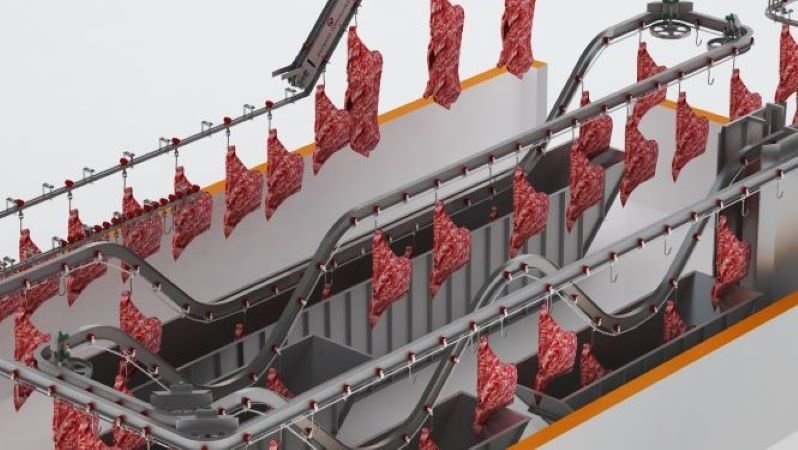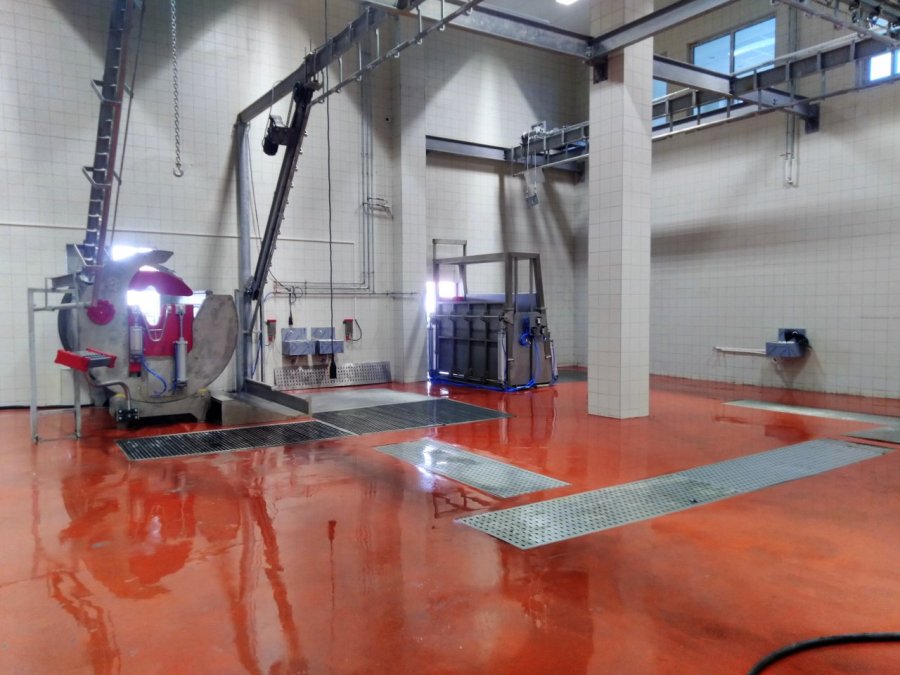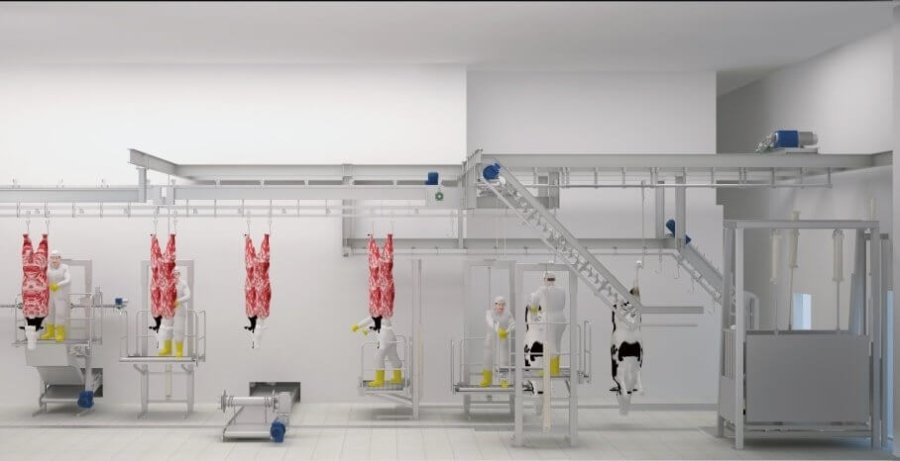Improving Meat Quality in Slaughterhouses
Discover how modern slaughterhouses improve meat quality with advanced techniques, humane handling, traceability, and sustainable practices for safer, tender meat.
24 October, 13:10
Ensuring high-quality meat production is at the core of modern slaughterhouse operations. From consumer safety to market competitiveness, the quality of meat determines both profitability and brand reputation.
Implementing advanced techniques, careful handling, and innovative technologies can significantly enhance meat quality while maintaining hygiene and regulatory compliance.
Understanding Meat Quality Parameters
Meat quality is not just about appearance; it encompasses texture, color, tenderness, flavor, and nutritional value. In slaughterhouses, several factors influence these parameters, which are essential for consumer satisfaction and safety. One significant aspect is the stress experienced by animals before slaughter. Stress negatively impacts meat quality, making humane handling practices crucial. Techniques like calm transportation, reduced holding times, and low-stress stunning methods help preserve tenderness and flavor. Additionally, proper bleeding and evisceration are vital for maintaining meat integrity.
Contaminants during processing can compromise meat safety and shelf life. To mitigate these risks, maintaining cold chain protocols immediately after slaughter is essential, as it ensures microbial safety and prevents spoilage. Rapid chilling methods also play a role in influencing tenderness and moisture retention. Moreover, animals with balanced diets tend to produce more flavorful, tender meat. Effective pre-slaughter nutrition management can have a direct impact on marbling and fat distribution, further enhancing the overall quality of the meat.

Innovative Technologies in Slaughterhouses
Modern slaughterhouses increasingly rely on technology to enhance meat quality. By integrating advanced systems, these facilities can streamline production processes and ensure higher standards of hygiene and safety. Robotics and automation minimize human error and contamination while ensuring consistent cuts and portion sizes. These systems reduce bacterial growth and improve tenderness, color, and shelf life, contributing to a superior product for consumers. Additionally, advanced imaging and spectrometry tools play a crucial role in classifying meat based on quality, marbling, and color. This technology ensures uniformity across products, allowing producers to meet consumer expectations more effectively.
Efficient cleaning technologies further enhance food safety by preventing microbial contamination while maintaining environmental sustainability, ensuring that modern slaughterhouses can operate in a responsible and efficient manner.
Learn more in: carcass splitting saw

Employee Training and Standard Operating Procedures
Even with the most advanced equipment, human expertise is essential in the meat processing industry. Comprehensive staff training in proper animal handling is crucial to ensure the safety and well-being of the animals, as well as the quality of the meat produced. When employees are well-trained, they can minimize stress on the animals and optimize the overall processing workflow. In addition to animal handling, training in sanitation practices is vital to maintain a clean and safe working environment. This reduces the risk of contamination, ensuring that the meat remains safe for consumption. Furthermore, employees must be proficient in precision cutting and deboning techniques to maximize yield and minimize waste.
Lastly, monitoring meat quality parameters during processing is essential to meet both regulatory standards and consumer expectations. Clear standard operating procedures (SOPs) ensure every step aligns with these benchmarks, ultimately improving outcomes and promoting efficiency in the workplace.
The Role of Traceability in Meat Quality
Traceability systems, such as RFID tagging and blockchain documentation, play a crucial role in maintaining meat quality by enabling slaughterhouses to track animals from farm to fork. This comprehensive tracking system ensures that every step of the meat supply chain is documented, providing a clear picture of the animal's journey. Moreover, this traceability guarantees transparency, confirming compliance with food safety regulations, which is essential for protecting public health.
In the event of a quality issue, these systems facilitate faster recalls, minimizing potential harm to consumers. Additionally, by providing detailed information about the origin and handling of meat products, such systems build consumer trust. This trust is an increasingly vital aspect of modern meat production, as consumers are more discerning about the quality and safety of their food.

Sustainable Practices and Meat Quality
Sustainability is closely linked to meat quality. Slaughterhouses implementing energy-efficient machinery, waste reduction programs, and ethical sourcing methods often see better product consistency. By focusing on these practices, the industry can produce meat that is not only more environmentally friendly but also higher in overall quality. Sustainable practices not only protect the environment but also enhance the nutritional profile of meat through better animal welfare and reduced stress. When animals are raised in environments that prioritize their well-being, the resulting meat tends to have improved flavor, texture, and nutritional value.
Ultimately, the integration of sustainability into meat production processes leads to a holistic approach that benefits both consumers and the planet. As more producers recognize the importance of sustainable practices, the future of meat quality looks promising.
You might also like: equipment for slaughterhouse